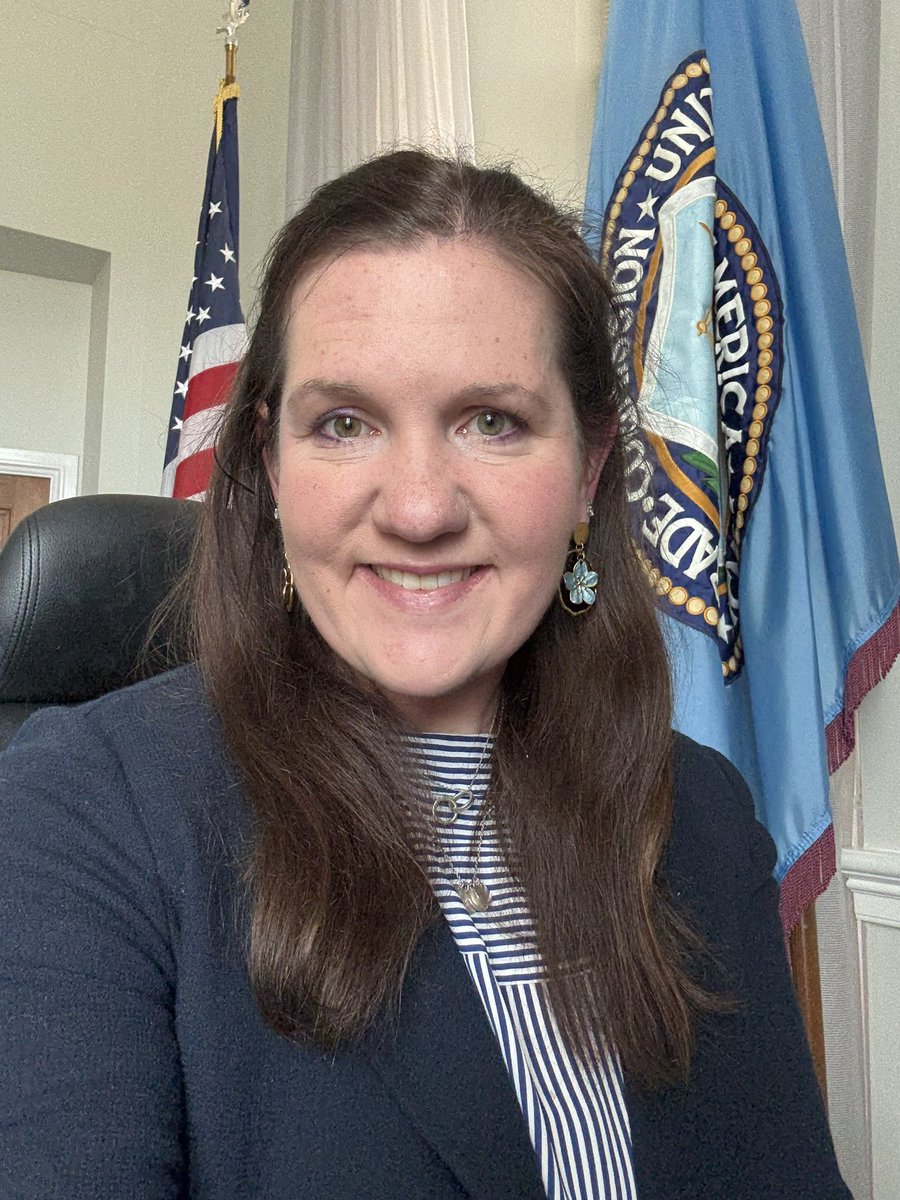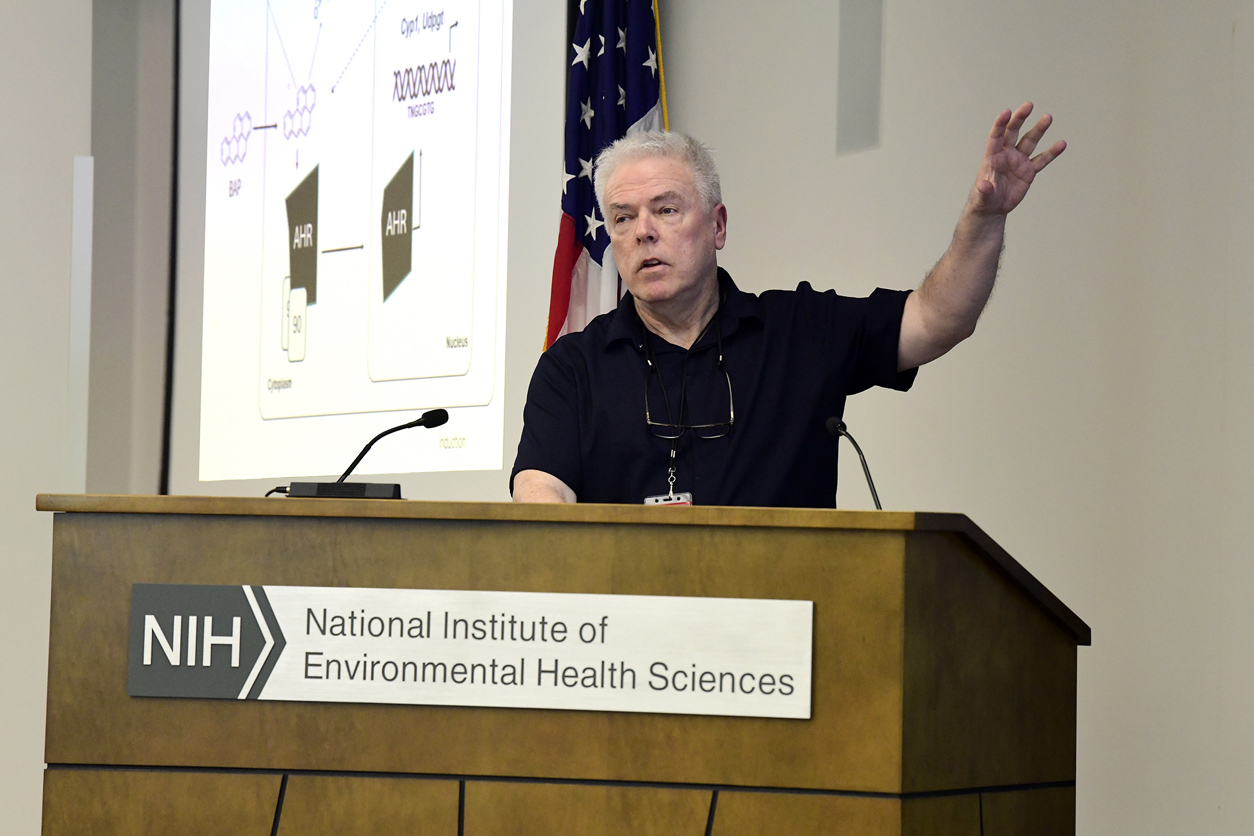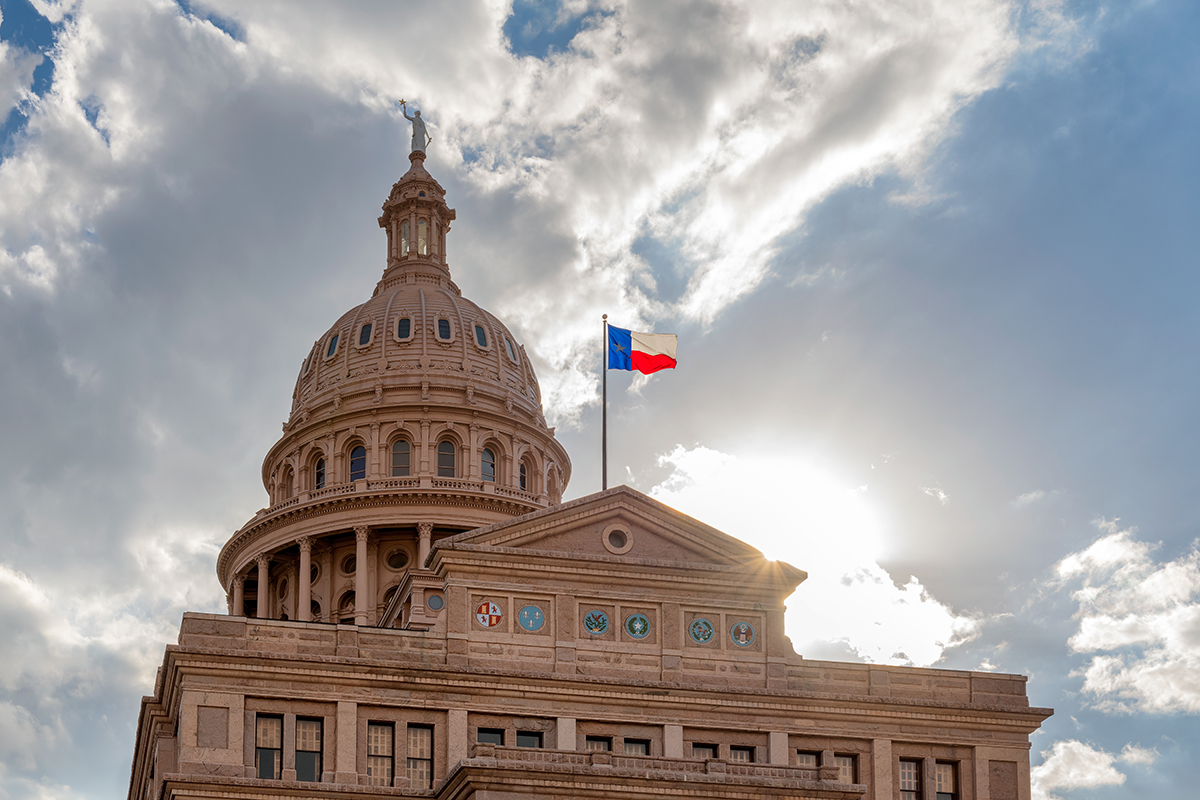U.S. Senators Tina Smith, Amy Klobuchar Lead Push to Reinstate Energy Projects for Farmers, Small Businesses – U.S. Senate (.gov)

Report on Senatorial Opposition to Changes in the Rural Energy for America Program (REAP)
Executive Summary
A coalition of sixteen United States Senators, led by Senator Tina Smith and Senator Amy Klobuchar, has formally objected to the Trump Administration’s decision to curtail funding for wind and solar energy projects under the Rural Energy for America Program (REAP). The senators argue that this policy change undermines critical progress toward several Sustainable Development Goals (SDGs), particularly SDG 7 (Affordable and Clean Energy), SDG 8 (Decent Work and Economic Growth), and SDG 13 (Climate Action). They have urged the administration to reverse the new restrictions, which could render approximately 70% of recent project types ineligible for support.
Alignment with Sustainable Development Goals
The REAP program is a significant contributor to the United States’ progress on key UN Sustainable Development Goals. The proposed restrictions pose a direct threat to these advancements.
SDG 7: Affordable and Clean Energy
- REAP directly advances Target 7.2 by increasing the share of renewable energy in the national mix through support for solar and wind installations in rural areas.
- The program enhances energy affordability and reliability for rural communities, contributing to Target 7.1. In 2022 alone, REAP-supported projects generated or saved enough energy to power over 250,000 homes.
- The new policy restricts access to these clean energy technologies, hindering the transition to sustainable energy systems.
SDG 8: Decent Work and Economic Growth
- By reducing operational costs for farms and small businesses, REAP promotes economic viability and resilience, supporting Target 8.2 for higher economic productivity.
- Cost savings from energy projects, often amounting to tens of thousands of dollars per year for individual businesses, help sustain rural enterprises, particularly during periods of market uncertainty.
- The senators noted that discouraging these investments would hurt farmers already facing increasing operational costs.
SDG 13: Climate Action
- The program is a key tool for climate change mitigation, facilitating the deployment of low-carbon energy infrastructure in the agricultural sector.
- By promoting wind and solar technologies, REAP helps reduce greenhouse gas emissions and strengthens the resilience of rural communities to climate-related risks.
Additional SDG Contributions
- SDG 2 (Zero Hunger): By ensuring the financial sustainability of agricultural operations, the program indirectly supports food security.
- SDG 11 (Sustainable Cities and Communities): REAP enhances the energy resilience of rural settlements against natural disasters and security threats.
- SDG 17 (Partnerships for the Goals): The program’s history of bipartisan authorization since the 2002 and 2008 Farm Bills exemplifies a successful partnership for sustainable development, which is now under threat.
Background and Program Impact
Program History
REAP was established to help agricultural producers and rural small businesses invest in renewable energy systems and energy efficiency improvements. It has been reauthorized on a bipartisan basis multiple times, demonstrating its broad support and success. Since its inception, REAP has assisted over 21,000 farms and rural businesses nationwide.
Case Study: Minnesota
The impact of REAP is evident at the state level. In the previous year, Minnesota recipients were awarded over $50 million for more than 470 energy projects. These investments are projected to generate significant long-term cost savings and contribute to the state’s sustainable energy profile.
Formal Senatorial Inquiry
In a formal letter to the United States Department of Agriculture (USDA), the senators demanded a reversal of the new policy. They also submitted a formal request for information, seeking written answers to the following questions by September 19, 2025:
- An analysis of how many REAP awards issued since January 2020 would be deemed ineligible under the new criteria, including a state-by-state breakdown and the estimated loss in energy and cost savings.
- A clarification on whether the USDA is committed to maintaining or increasing annual cost-savings for farmers through REAP and how this will be achieved with the new restrictions in place.
- Details on how the USDA will communicate the new restrictions to applicants, including specific requirements for documenting historical energy usage for solar projects.
- An outline of the USDA’s plan to assist farmers and rural businesses in developing solar and wind projects that are both eligible and competitive for REAP funding under the revised guidelines.
Analysis of Sustainable Development Goals in the Article
1. Which SDGs are addressed or connected to the issues highlighted in the article?
- SDG 7: Affordable and Clean Energy: This is the most central SDG. The article is entirely focused on the Rural Energy for America Program (REAP), which funds “wind and solar projects,” promotes “cheaper, cleaner energy,” and helps rural communities “access affordable, renewable energy.”
- SDG 8: Decent Work and Economic Growth: The article connects clean energy directly to the economic viability of rural businesses. It highlights how REAP projects provide “cost- and energy-saving” benefits that help “keep their businesses afloat” amidst “increasing costs of operation.”
- SDG 9: Industry, Innovation and Infrastructure: The article discusses the role of REAP in building modern, sustainable, and resilient energy infrastructure in rural areas. It notes that technologies like distributed solar help make “rural communities to be resilient into the future” against threats like “natural disasters or national security breaches.”
- SDG 11: Sustainable Cities and Communities: While focused on rural areas, the principles of creating resilient and sustainable human settlements apply. The program’s goal of making communities resilient through distributed energy systems aligns with making settlements sustainable.
- SDG 13: Climate Action: Although the term “climate change” is not used, the strong advocacy for “cleaner energy,” “wind and solar technologies,” and “renewable energy” is a direct form of climate action by promoting alternatives to fossil fuels.
2. What specific targets under those SDGs can be identified based on the article’s content?
-
Under SDG 7 (Affordable and Clean Energy):
- Target 7.1: Ensure universal access to affordable, reliable and modern energy services. The article supports this by advocating for a program that helps “farmers and rural small businesses nationwide voluntarily access affordable, renewable energy” and deploy “cheaper, cleaner energy projects.”
- Target 7.2: Increase substantially the share of renewable energy in the global energy mix. The entire letter is a demand to reverse restrictions on “wind and solar technologies,” which are key components of increasing the renewable energy share.
- Target 7.a: Promote investment in energy infrastructure and clean energy technology. The article cites over “$50 million in investment for more than 470 energy projects” in Minnesota alone as a direct result of the REAP program, showing its role in promoting clean energy investment.
-
Under SDG 8 (Decent Work and Economic Growth):
- Target 8.2: Achieve higher levels of economic productivity through technological upgrading and innovation. The REAP program facilitates this by helping farms and businesses adopt “cost- and energy-saving wind and solar technologies,” which reduces their operational costs and helps “keep their businesses afloat.”
-
Under SDG 9 (Industry, Innovation and Infrastructure):
- Target 9.1: Develop quality, reliable, sustainable and resilient infrastructure. The article states that distributed energy projects set “up our rural communities to be resilient into the future” against risks from “natural disasters or national security breaches.”
- Target 9.4: Upgrade infrastructure and retrofit industries to make them sustainable…with greater adoption of clean and environmentally sound technologies. REAP directly funds the adoption of “solar panels” and “wind” technologies for farms and rural businesses, which is a form of retrofitting for sustainability.
-
Under SDG 11 (Sustainable Cities and Communities):
- Target 11.b: Substantially increase the number of cities and human settlements adopting and implementing integrated policies and plans towards…resilience to disasters. The REAP program is a national policy that, by funding distributed energy, helps rural communities build resilience to disasters that might affect energy infrastructure.
-
Under SDG 13 (Climate Action):
- Target 13.2: Integrate climate change measures into national policies, strategies and planning. The REAP program is an example of a national policy that promotes climate mitigation by funding renewable energy. The senators’ letter is an effort to protect this policy.
3. Are there any indicators mentioned or implied in the article that can be used to measure progress towards the identified targets?
Yes, the article mentions or implies several quantitative and qualitative indicators:
- Number of clean energy projects supported: The article explicitly states that “In 2022 alone, REAP supported nearly 2,500 projects” and “Minnesotans received REAP awards for more than 470 energy projects.” This is a direct indicator of the adoption of clean technology (Targets 7.2, 9.4).
- Amount of renewable energy generated/saved: It is mentioned that in 2022, REAP projects resulted in “combined estimated energy savings and energy generation to power more than 250,000 homes per year.” This measures the direct impact on the energy supply (Targets 7.1, 7.2).
- Financial investment in clean energy: The article cites “more than $50 million in investment” for Minnesota projects, which serves as an indicator for financial flows towards sustainable infrastructure (Target 7.a).
- Cost-savings for beneficiaries: The senators emphasize that projects “help farms and small businesses save up tens of thousands of dollars per year.” In their questions to the USDA, they ask for the “estimated lost energy- and cost-savings,” showing this is a key metric for economic impact (Target 8.2).
- Number of beneficiaries: The article mentions that REAP has helped “more than 21,000 farms and rural businesses nationwide” since its inception, indicating the program’s reach.
- Percentage of projects at risk: The statement that “up to 70% of these kinds of projects” could be threatened by new restrictions is an indicator used to measure the potential negative impact on progress.
4. Table of SDGs, Targets, and Indicators
| SDGs | Targets | Indicators Identified in the Article |
|---|---|---|
| SDG 7: Affordable and Clean Energy |
7.1: Ensure access to affordable, reliable, modern energy. 7.2: Increase the share of renewable energy. 7.a: Promote investment in clean energy. |
– Energy generated/saved (enough to power 250,000 homes). – Number of renewable energy projects (2,500 in 2022). – Total financial investment ($50 million in Minnesota). |
| SDG 8: Decent Work and Economic Growth | 8.2: Achieve higher economic productivity through technological upgrading. | – Annual cost-savings for farms/businesses (thousands of dollars per year). – Number of businesses kept “afloat” by savings. |
| SDG 9: Industry, Innovation and Infrastructure |
9.1: Develop quality, reliable, sustainable, and resilient infrastructure. 9.4: Upgrade infrastructure with clean technologies. |
– Number of farms/businesses adopting clean tech (21,000+ total). – Increased resilience of rural communities to disasters. |
| SDG 11: Sustainable Cities and Communities | 11.b: Increase settlements adopting plans for resilience. | – Number of rural communities made more resilient through distributed energy projects. |
| SDG 13: Climate Action | 13.2: Integrate climate measures into national policies. | – Existence and funding of a national policy (REAP) that supports renewable energy deployment. |
Source: smith.senate.gov

What is Your Reaction?
 Like
0
Like
0
 Dislike
0
Dislike
0
 Love
0
Love
0
 Funny
0
Funny
0
 Angry
0
Angry
0
 Sad
0
Sad
0
 Wow
0
Wow
0
















































/environment-climate-change-and-health-(ech)/water-sanitation-hygiene-and-health-(wsh)/landfill-tuvalu-36092.tmb-1200v.jpg?sfvrsn=5c21fe40_1#)

.jpg.webp?itok=0ZsAnae9#)

























